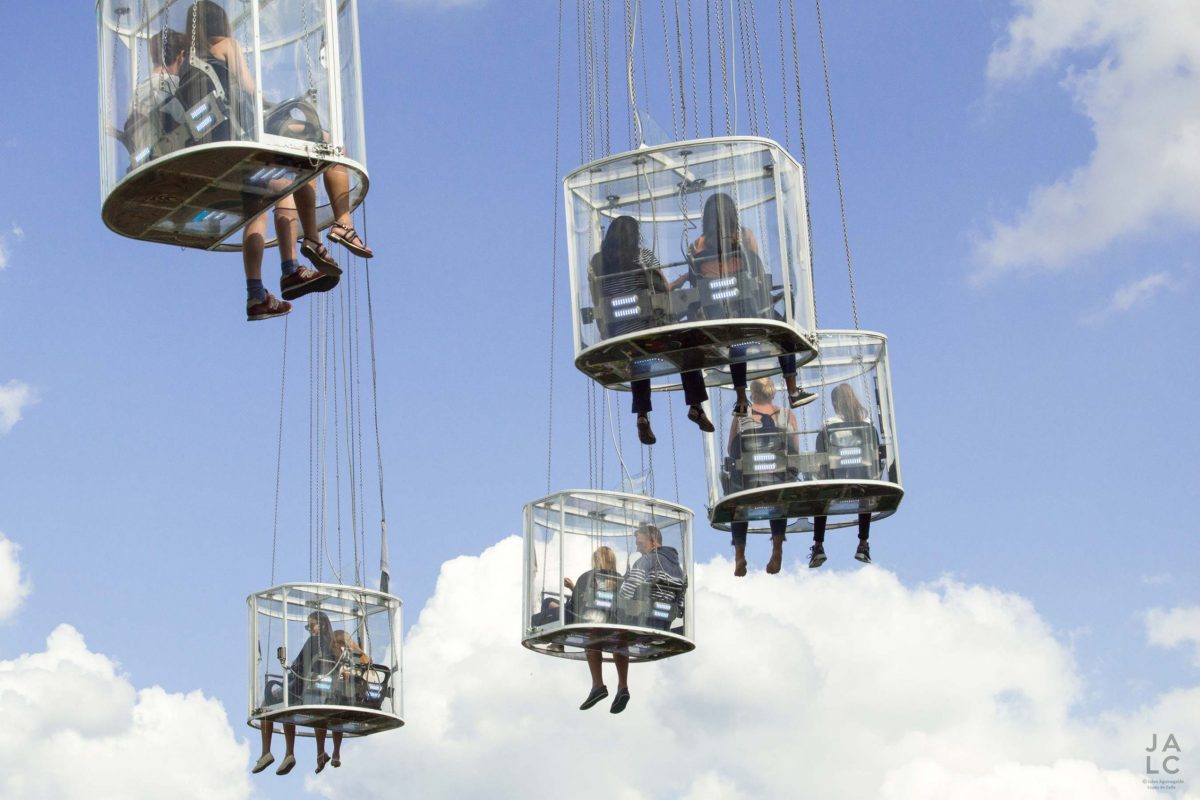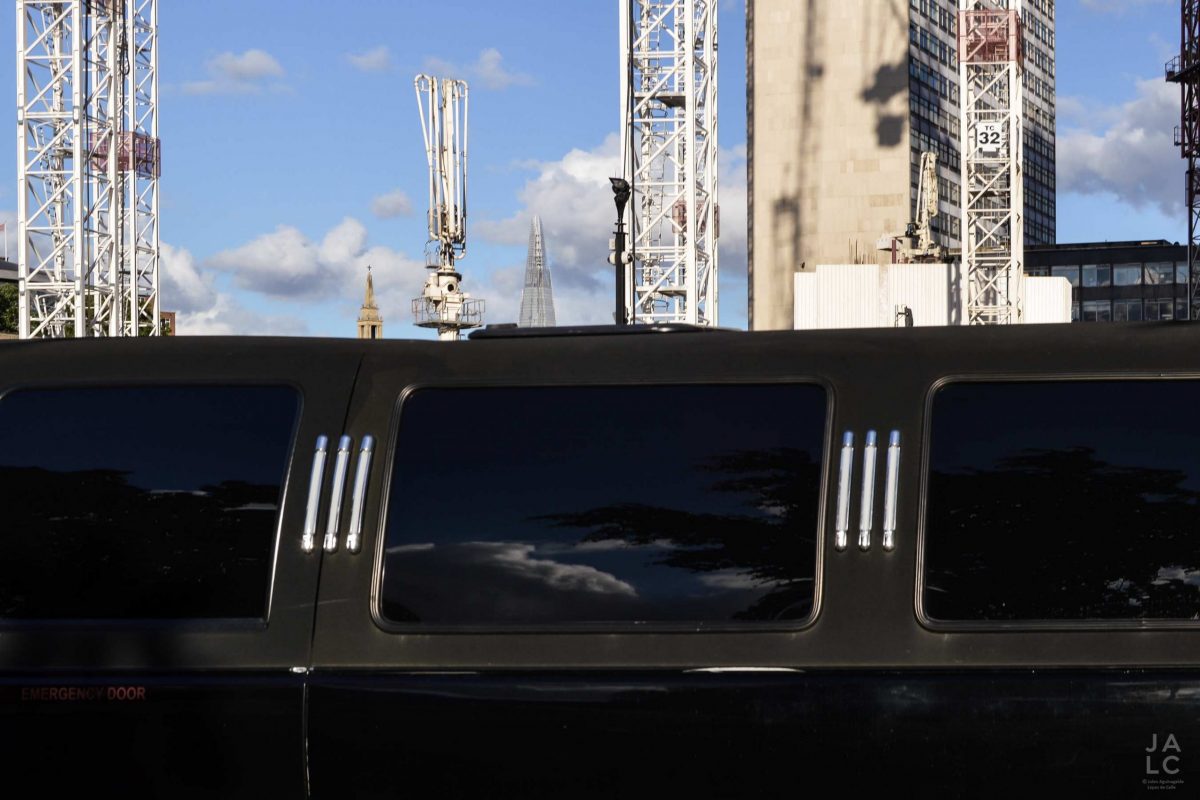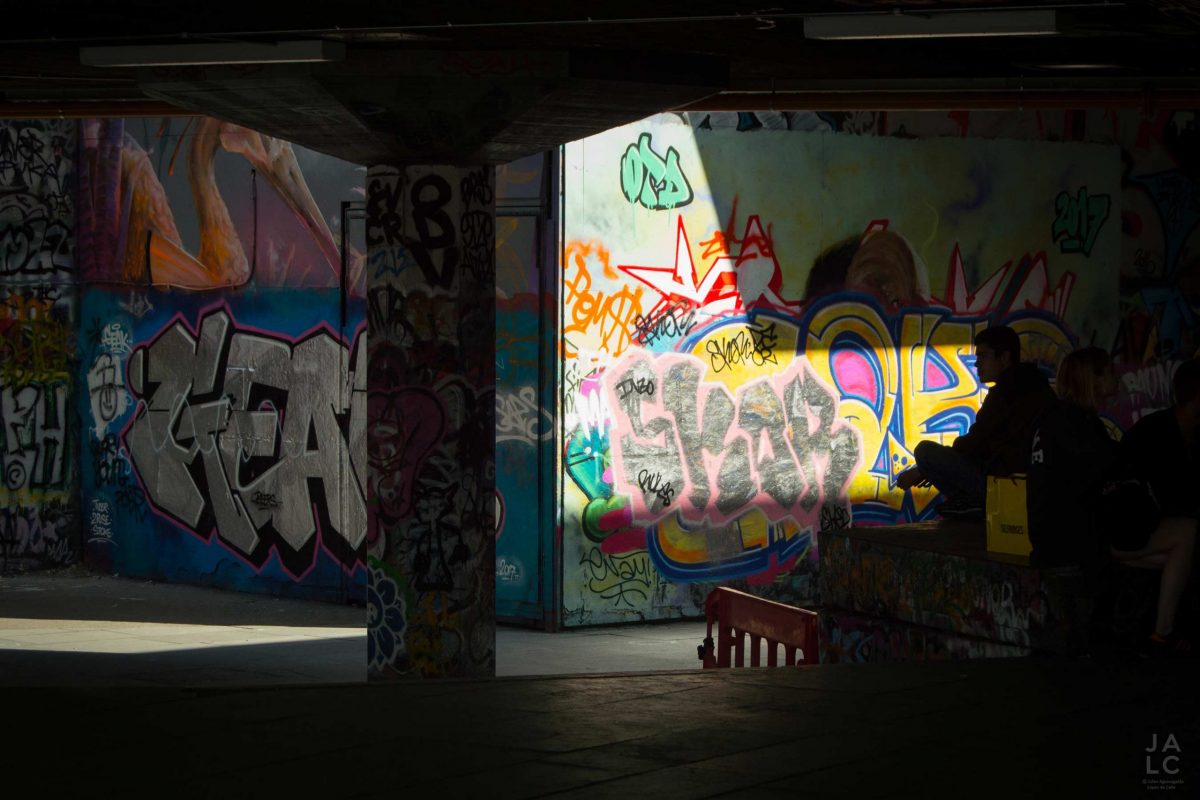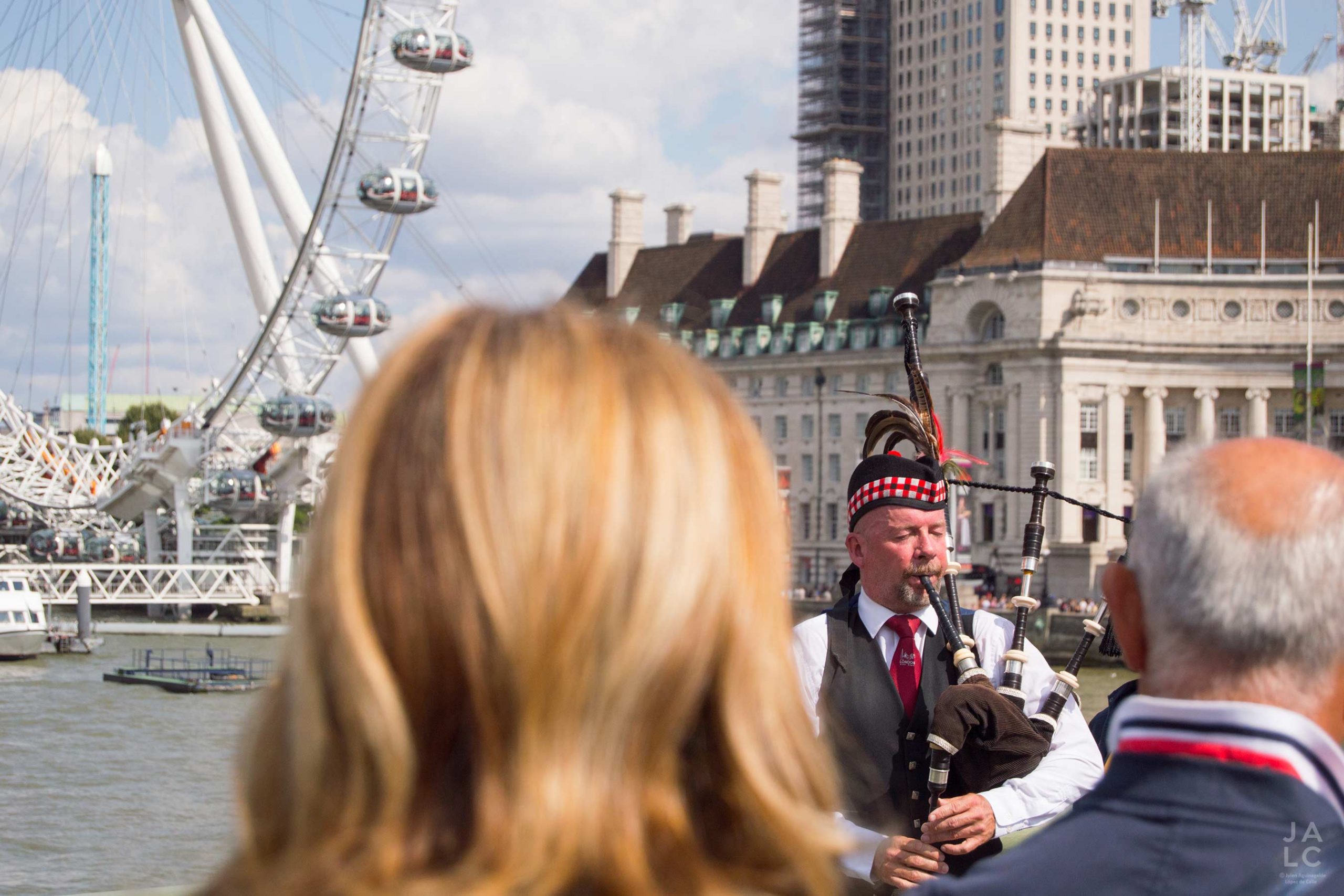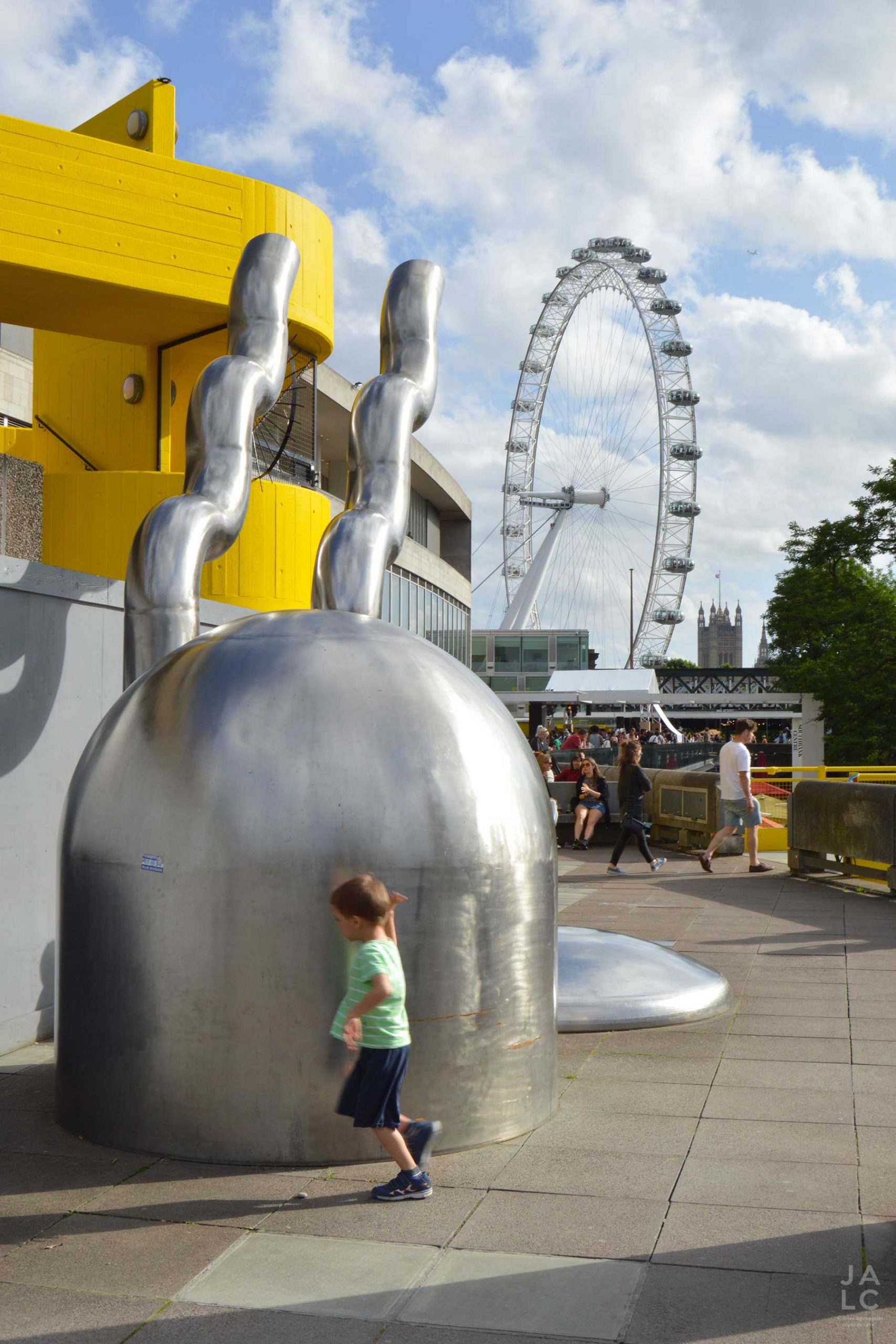pHOTOGRAPHY
About
The urban history of the South Bank has always been linked to a repetitive cycle of development, decay and regeneration. South Bank’s history is a constant battle between culture and productivity. The first entertainment venues and leisure gardens settled in the South Bank had already gone into decline by the end of the 17th century, when they were replaced by an incipient manufacturing sector that by the 19th century evolved into fully fledged industrialization. However, the railway system and the pollution made for very poor living conditions. The destruction of the WWII offered an excellent opportunity to regenerate the area and to transform it into a public cultural centre as part of the new welfare society. The South Bank’s present-day landscape owes much to the 1951 Festival of Britain, not because of the cultural centre in which it was destined to become nor the social equality and welfare utopia represented in the Royal Festival Hall, but because of the consumer-culture that was introduced in the Homes and Gardens Pavilion. The arrival of Thatcher’s government in the 1980s marked the end of the heavily subsidised public cultural activity, causing the South Bank, which still had obsolete industrial fabric, to go further into decay. The extensive public building program of the Millennium regenerated the area, establishing tourism, consumption and subsequently property led regeneration schemes as the economic drivers of the quarter.











